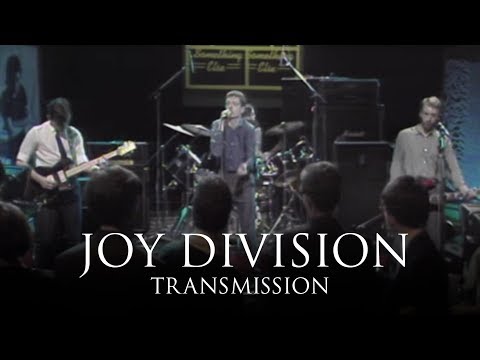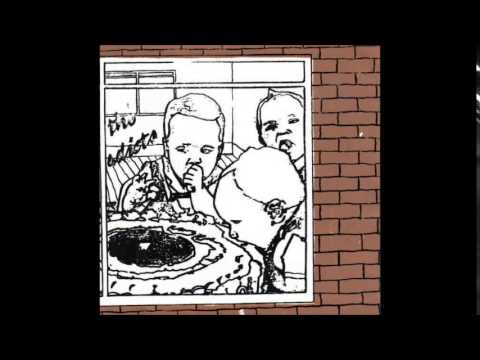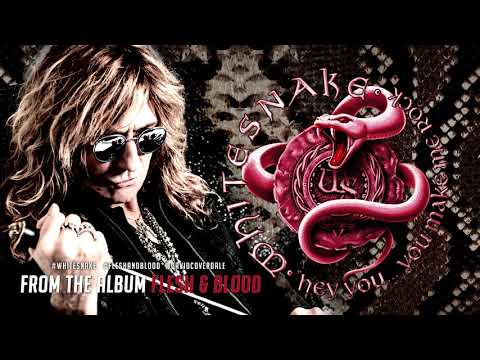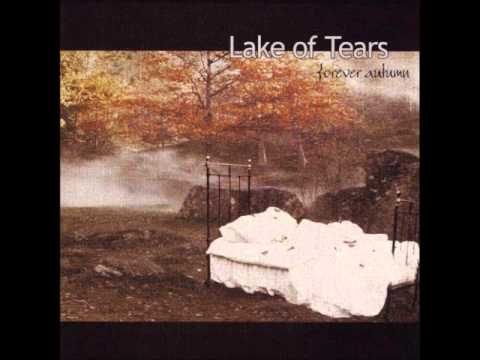Have you ever noticed guitar players playing notes that sound more like bells than actual notes? This is what is known as harmonics, and there are two types of harmonics: natural and artificial. You can play harmonics on acoustic and electric guitars, and they sound amazing when played properly.
Today we are going to learn about harmonics, where to find them on the guitar fret board, and how to play them. Are you ready? Let’s get started!
Where to Find Harmonics on the Fretboard
If you are a beginner guitar player, you are likely very new to the world of harmonics. The best place to start playing harmonics is on the 12th fret of the first string, where you will get the clearest sound, particularly on an acoustic guitar.
While the 12th, 5th, and 7th frets are the best places to play harmonics on a guitar, there are actually harmonics all over the fretboard. The natural harmonics are the strongest in some areas of the guitar, and they happen at precise nodes of the length of the string that is vibrating.
Let’s say you are playing open string harmonics. The string is divided into halves, thirds, fourths, fifths, and sixths. Basically, if you are playing a harmonic at the 12th fret, you are dividing the string in half. If you are playing a harmonic at higher frets, you will be dividing the string into thirds. If you are playing at the 5th or 24th frets, it is divided into fourths.
While they have a different tone, harmonics are the same as the fretted notes. So, if you were to play a note on the 12th fret of the sixth string, it will be the same note if you play the harmonic, but it will be a higher octave of that note. If you are playing the high E, the note will be the same octave as the fretted note, but it will have that bell-like sound.
If you are playing a harmonic on the 7th fret, it will be one octave higher than the fretted note. For instance, if you are playing the 7th fret harmonic on the high E string, you will hear a B note, which is the same as the note on the 19th fret of the high E string.
A harmonic played on the 5th fret is an octave higher than the harmonics played on the 12th fret. For instance, on the high E string, the harmonic is an E, but that E is two octaves higher than the open E note on that string.
How Many Ways can You Play Harmonics?
We’ve already mentioned that there are natural and artificial harmonics. Artificial harmonics are the easiest to play. They are played on fretted strings with various picking techniques. One such technique is touch harmonics.
In order to play artificial harmonics, you will need to fret a note between the first and 10th frets (any string). The index finger of your right hand should be placed lightly at the note that is 12 frets higher than the note you have fretted, and resting lightly on the wire of the fret, not the wood itself.
While both fingers are in place, you can pluck the string with the thumb of your right hand and get a harmonic that is an octave higher than the note that was fretted. For instance, if you were playing the 5th fret of the G string, you would need to touch the 17th fret to get the harmonic.
Tap Harmonics
Another method of playing harmonics is tap harmonics. This is much like the way Eddie Van Halen did his tapping technique. The note is fretted, but you don’t have to hit the string with a pick or your thumb. Instead, you will be tapping the string against the fret where the harmonic is located.

Pinch Harmonics
Next we have pinch harmonics. These are the most difficult to play, and it may take a bit of work to get the hang of doing it properly. Hold down a note on any string and fret. Use your picking hand to hold a pick between your thumb and index finger. Make sure that just the tip of the pick is showing from beneath your thumb.
Hit the string, and pretty much at the exact same time, twist your hand so your thumb will lightly rub against the string that is vibrating. This will deaden the string, and it will produce the harmonic sound you are looking for. You will need to choke up on the pick so it feels like the pick and your thumb are hitting it at the same time. If you take too long to do this, or if your thumb comes into too much contact with the string, you will not get the harmonic.
Tune Your Guitar Using Harmonics
You can get a much more accurate tuning if you use harmonics to tune your guitar. This method is quite similar to regular tuning at the 5th fret, because you will be using notes on other strings to get the correct tuning. This is a great way to tune your guitar accurately when you don’t have an electric tuner handy.
The first step is to make sure your bottom E string is in tune, using standard tuning. This string is always going to be the reference for harmonic tuning. If that string is out of tune, the rest will be as well.
Tune your guitar with harmonics using the following steps:
- Play the harmonic note on the 5th fret of the bottom E string, followed by the harmonic on the 7th fret of the next string (A string). Tune the A string until the two notes match.
- Play the harmonic note on the 5th fret of the A String, followed by the harmonic on the 7th fret of the next string (D string). Tune the D string until the two notes match.
- Play the harmonic note on the 5th fret of the D String, followed by the harmonic on the 7th fret of the next string (G string). Tune the G string until the two notes match.
- The next step is a bit different. Play the harmonic note on the 7th fret of the bottom E string, and play the open second string (B string) without any harmonics. Tune the B string until the two notes match.
- Play the harmonic note on the 5th fret of the B String, followed by the harmonic on the 7th fret of the next string (E string). Tune the E string until the two notes match.
Conclusion
Playing harmonics may seem a bit daunting at first, but once you get the hang of it, you will find that harmonics can come in pretty handy in many styles of playing. The more you practice, the easier it will be to play harmonics at any time.
Not only are they used in many classical pieces, they can sound really awesome when playing lead riffs. Just remember not to overdo it. In many cases, including harmonics, less can often be more. Harmonics should be used to add to your music, and not be the only notes that you end up playing.




















